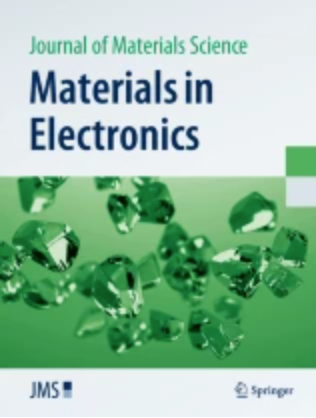Dielectric and microwave absorption properties of Cu@Graphite filled epoxy resin composite coatings
Abstract
With the rapid development of communication technology, concerns regarding electromagnetic radiation pollution have significantly increased. In this study, copper nanoparticles were deposited onto graphite via an electroless plating process to prepare Cu@Graphite/epoxy resin composite coatings with the volume fraction of Cu@Graphite varying from 30 to 60%. The impact of Cu@Graphite content on phase composition, microstructure, and electromagnetic properties was systematically studied. The microwave-absorbing properties of the composite coatings were evaluated, revealing that the composite coating with 50 vol% Cu@Graphite content exhibited optimal performance. Specifically, the composite coating achieved a minimum reflection loss of − 46.39 dB and an effective absorption bandwidth of 2.19 GHz (with a reflection loss below − 10 dB) at a thickness of only 1.7 mm. The results indicate that the investigated Cu@Graphite filled epoxy resin composite coatings exhibit high potential for application as microwave absorbers in the X-band (8.2–12.4 GHz).


 求助内容:
求助内容: 应助结果提醒方式:
应助结果提醒方式:


